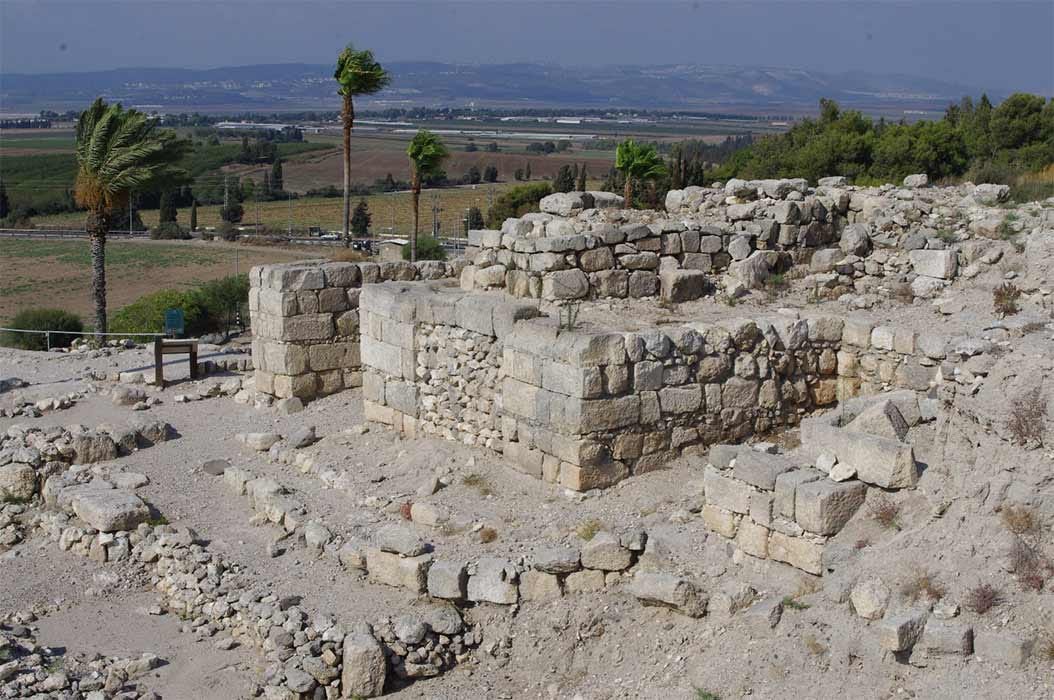Bronze Age Cataclysmic Comet Responsible For The Sea People
The Late Bronze Age collapse of the 12th century BC is one of the greatest and most enduring puzzles of Mediterranean archaeology. A cosmopolitan age, perhaps one of the first true episodes of globalization in human history, which saw the rise of the first historical empires of Egypt and Babylon, as well as the apogee of the Hittite, Minoan and Mycenean civilizations, came within a few years to a sudden and fiery end. At the same time, a mysterious coalition of peoples, known from contemporary Egyptian inscriptions as the Sea Peoples, appeared on the coasts of Europe, Egypt and the Levant, wreaking havoc on every city or village that they found along their path. Many believe this was the origin of Plato’s story of Atlantis, as retold to Solon by the learned priests of Sais: That of a mighty power that came forth out of the Atlantic Ocean to subdue all of Europe and Africa, as far as Egypt.

Generations of historians have since established a direct connection between the Sea Peoples invasions and the Late Bronze Age collapse. In history, as in many other disciplines, however, correlation does not always mean causation. What then was the role of the mysterious Sea Peoples in the Bronze Age collapse? And from whence did they come to the coasts of Italy, Greece, Egypt, Syria, Lebanon and Turkey?
Keep reading with a 7-day free trial
Subscribe to Ancient Origins UNLEASHED to keep reading this post and get 7 days of free access to the full post archives.


